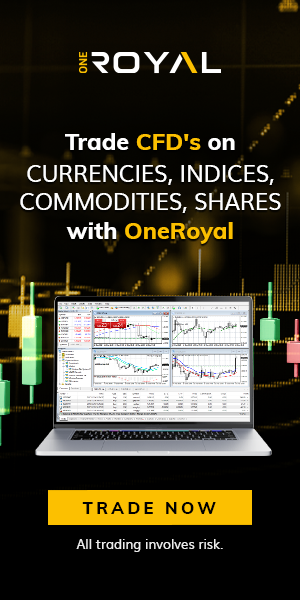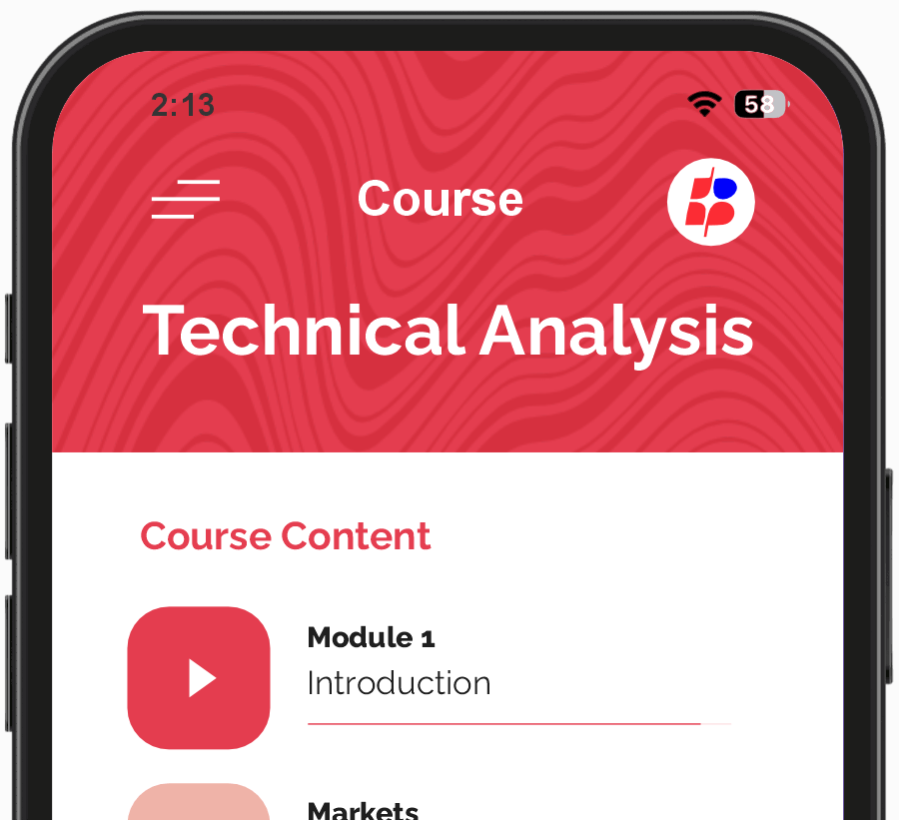Volume at price analysis is a crucial concept in trading that examines the relationship between price levels and the volume of trades executed at those levels.
Analyzing volume at various price points helps traders to have an understanding of market behaviour, identify potential support and resistance levels, and make more informed trading decisions.
In This Post
Volume at Price Analysis
Volume at price analysis involves studying the volume of trades that occur at specific price levels.
Unlike traditional volume analysis, which looks at the total volume traded over time, volume at price focuses on how much volume is associated with particular price points.
This can help traders understand where significant trading activity is occurring and identify price levels that may act as support or resistance.
Concepts of Volume at Price Analysis
1. Volume Profile
A graphical representation of volume traded at different price levels over a specific period. It shows how much volume was traded at each price point, providing a clear picture of where significant trading activity has occurred.
2. Value Area
The range of prices where the majority of trading volume occurred. It often represents a balanced area where buyers and sellers are in equilibrium.
3. Point of Control (POC)
The price level with the highest traded volume within the specified period. The POC indicates the most significant price level in terms of volume and can act as a key support or resistance level.
4. Volume Nodes
Peaks and troughs in the volume profile that indicate areas of high or low trading activity. High-volume nodes often act as support or resistance levels, while low-volume nodes may represent areas of price inefficiency.
Importance of Volume at Price Analysis
1. It Identifies Support and Resistance Levels
High-volume nodes on the volume profile often correspond to strong support or resistance levels. These levels are areas where traders have previously shown significant interest, making them potential points for price reversals or breakouts.
2. It helps in Understanding Market Structure
Volume at price analysis helps traders understand market structure by highlighting where trading activity is concentrated.
This information can reveal areas of market balance or imbalance, indicating potential price movements.
3. It Assists in Confirming Price Trends
Analyzing volume at specific price levels can help confirm the strength of a price trend.
For example, increasing volume at rising prices may indicate strong bullish momentum, while decreasing volume at rising prices could signal a weakening trend.
3. Helps Improve Trade Entries and Exits
By identifying key volume levels, traders can better time their entries and exits. For example, entering a trade near a high-volume support level may provide a better risk-reward ratio, while exiting near a high-volume resistance level can help lock in profits.
Practical Applications of Volume at Price Analysis
1. Using Volume Profile in Trading Platforms
Many trading platforms offer volume profile tools that allow traders to visualize volume at different price levels. Here’s how you can use it effectively:
- Add the Volume Profile Indicator
Most platforms have a volume profile indicator that can be added to the chart. Adjust the settings to fit your preferred time frame and asset.
- Analyze Major Levels
Look for high-volume nodes (peaks) and low-volume nodes (troughs). High-volume nodes can indicate strong support or resistance, while low-volume nodes may signal potential breakout points.
- Monitor the Value Area
Pay attention to the value area and POC. Prices often tend to revert to the value area or the POC, providing potential trade opportunities.
2. Combining Volume Profile with Price Action
Volume at price analysis can be combined with price action techniques for enhanced trading decisions:
- Price Rejections
Observe how price behaves around high-volume nodes. Rejections or reversals at these levels can confirm their significance as support or resistance.
- Breakouts
Watch for price breakouts from high-volume areas. A breakout accompanied by increased volume can indicate the potential for a strong price move.
- Consolidation and Trends
Identify periods of consolidation where volume is concentrated. Breakouts from these consolidation areas, supported by volume analysis, can provide trading signals.
3. Volume at Price in Different Market Conditions
Volume at price analysis can be applied across various market conditions:
- Trending Markets
In trending markets, volume at price analysis is used to identify areas where the trend may continue or reverse. High-volume areas during a trend can signal strong support or resistance.
- Range-Bound Markets
In range-bound markets, focus on volume profile to find potential reversal points or breakout levels. High-volume nodes near the extremes of the range can indicate potential turning points.
- Volatile Market
During periods of high volatility, volume at price analysis can help identify significant price levels where the market may stabilize or reverse.
Common Challenges and Considerations
1. Data Accuracy
Ensure that the volume data used for analysis is accurate and from a reliable source. Inaccurate data can lead to misleading conclusions.
2. Time Frame Selection
The effectiveness of volume at price analysis can vary with different time frames. Experiment with various time frames to find the one that best suits your trading style and strategy.
3. Combine with Other Indicators
Volume at price analysis is most effective when combined with other technical indicators and analysis methods.
Use it in conjunction with trend indicators, oscillators, and price patterns for a comprehensive trading approach.
Frequently Asked Questions
1. How does volume at price analysis compare to traditional volume analysis?
Volume at price analysis focuses on the distribution of volume across different price levels, while traditional volume analysis looks at the total volume traded over time.
Volume at price provides a deeper understanding of where significant trading activity occurs, which can help identify potential support and resistance levels.
Traditional volume analysis is useful for assessing overall market activity and trend strength but does not offer the same level of detail about price-specific trading dynamics.
2. Can volume at price analysis be used effectively in all asset classes, such as stocks, commodities, and cryptocurrencies?
Yes, volume at price analysis can be applied across various asset classes, including stocks, commodities, and cryptocurrencies.
While the basic principles remain the same, the specific tools and indicators may vary depending on the asset class and trading platform.
Traders should adapt their analysis techniques to suit the characteristics of the asset they are trading and ensure that they use accurate volume data for their analysis.
3. How often should traders update their volume profile analysis?
The frequency of updating volume profile analysis depends on the trader’s time frame and trading strategy.
Day traders may update their volume profiles intraday or multiple times per day, while swing traders or long-term investors might update their analysis on a daily, weekly, or monthly basis.
Regular updates are essential to capture changes in trading activity and adjust trading strategies accordingly.




